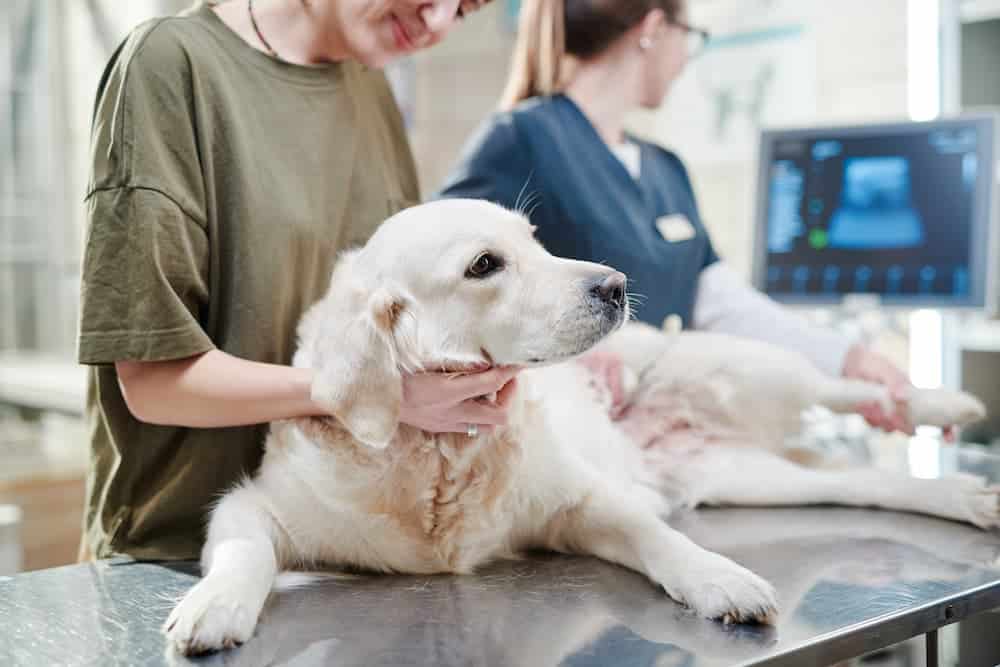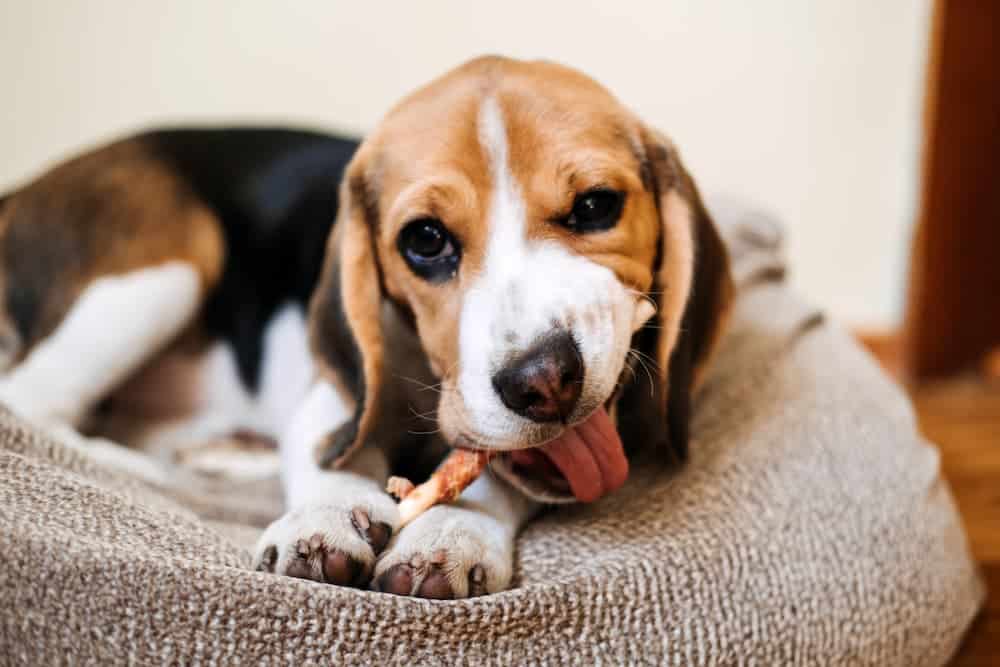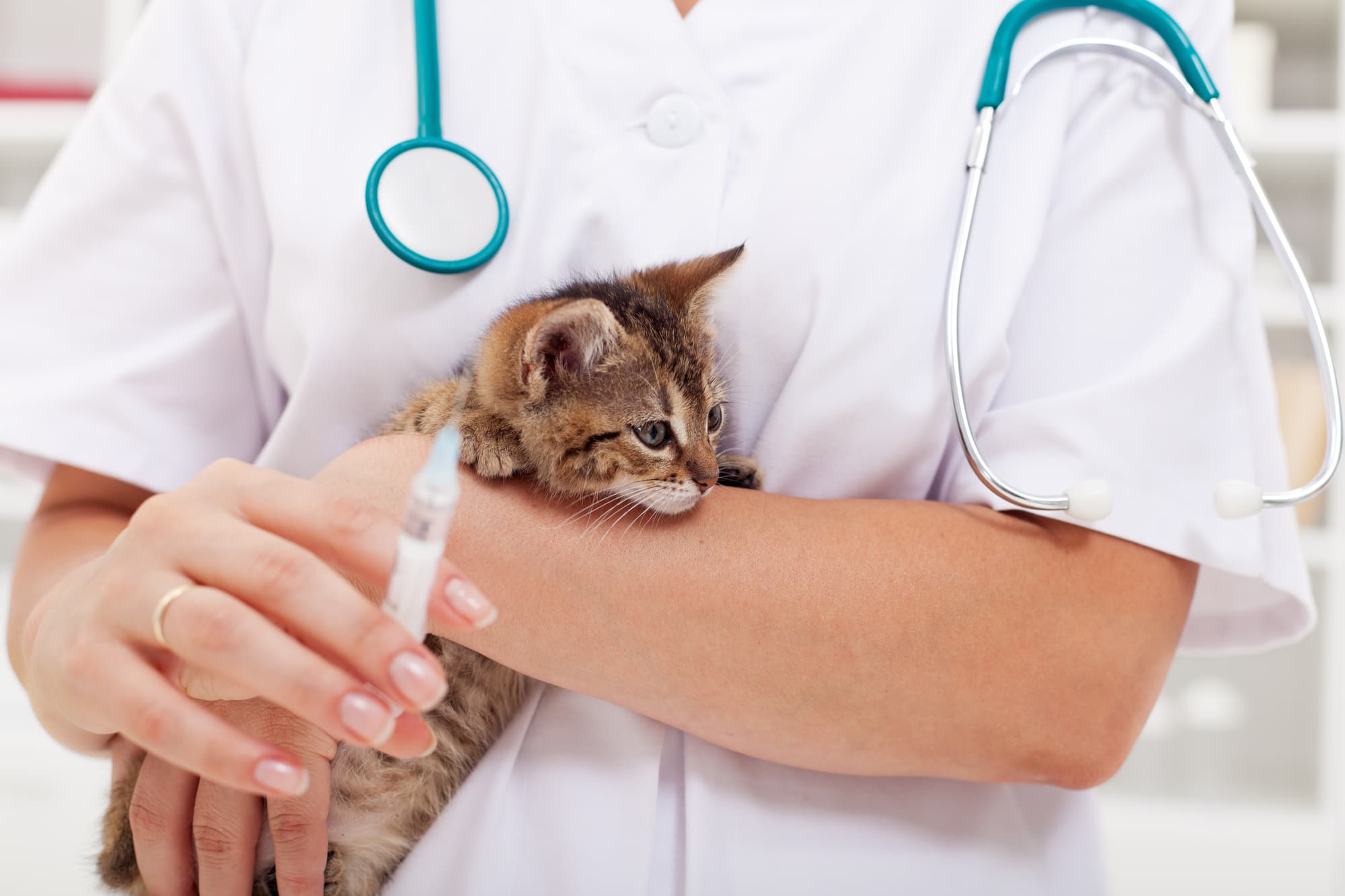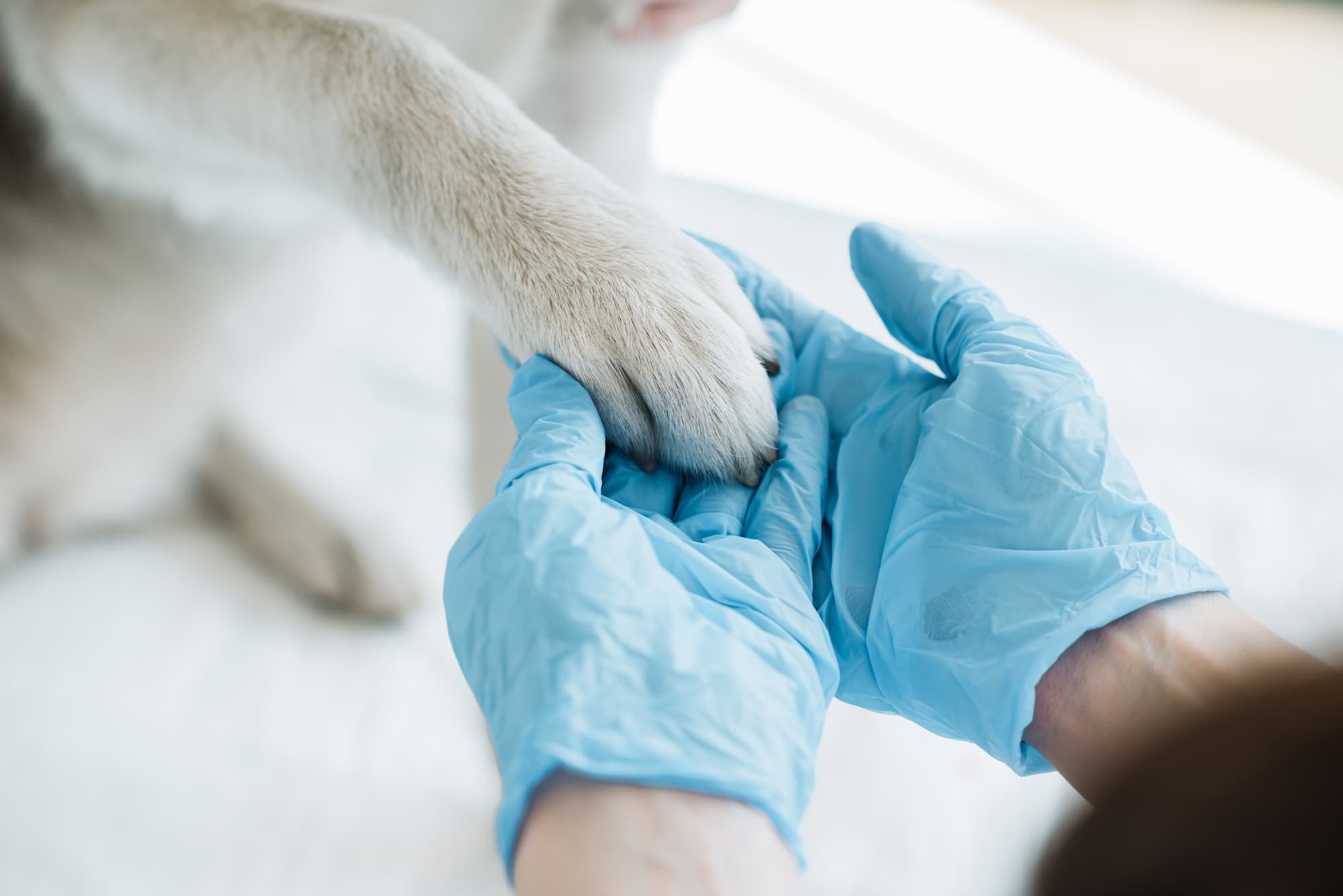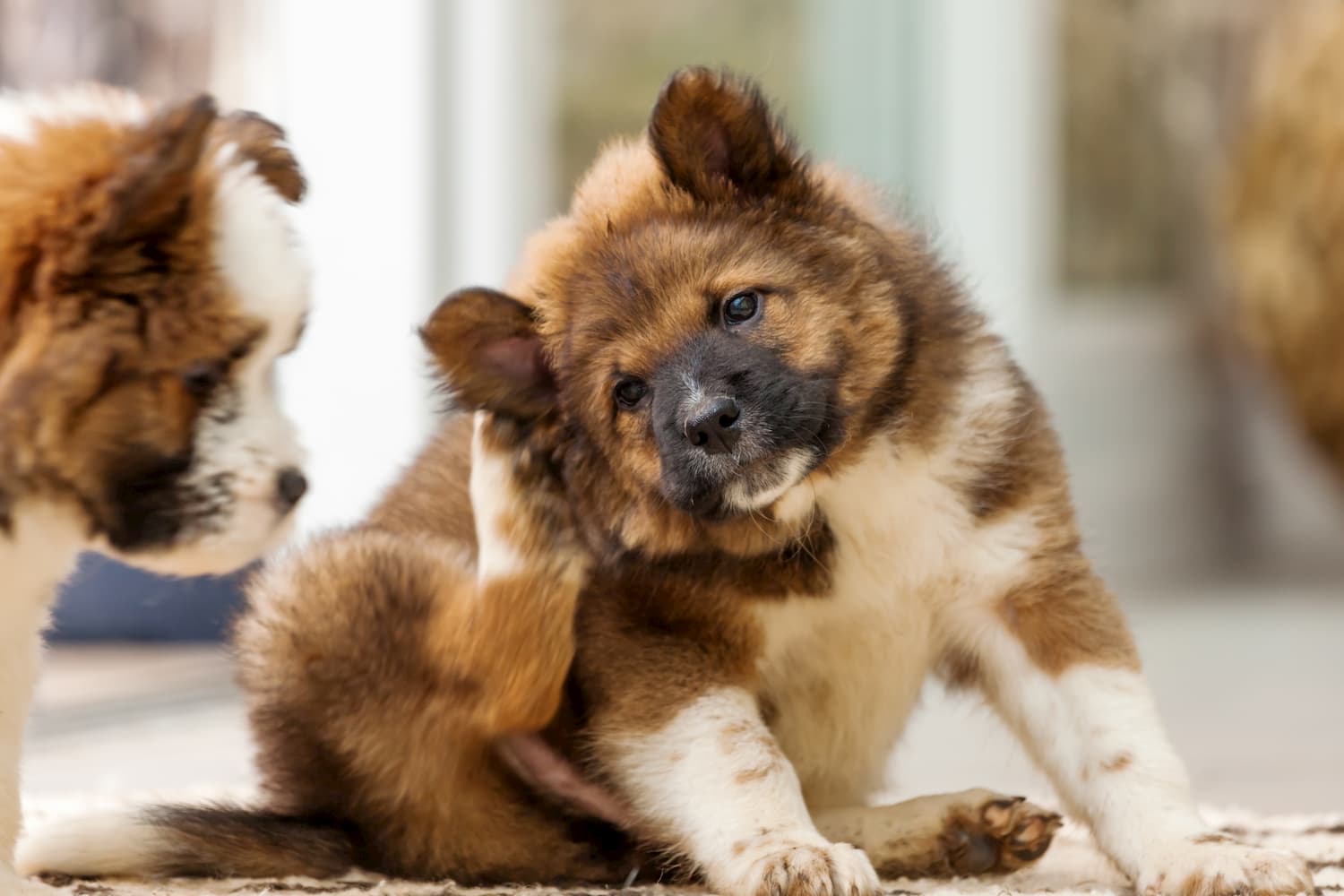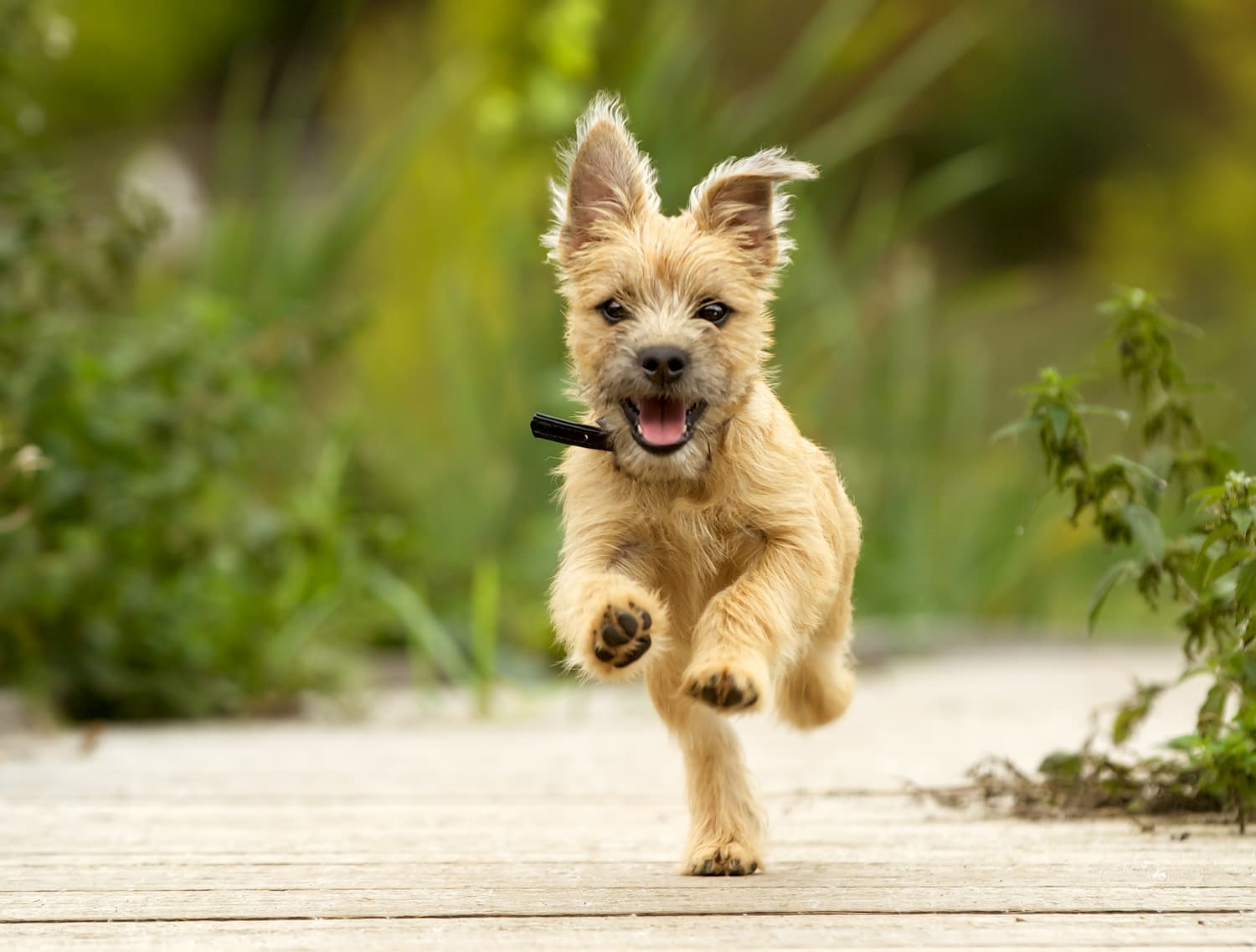Crate training your dog has benefits far beyond making travelling more comfortable. The idea behind crate training is to make your puppy happy and comfortable within the space. In fact, ideally, they will see their crate as a safe space, just like your lap, their kennel and their favourite spot in the sun.
Proper crate training can help when you:
- Need to give your little buddy a smidge of a time out if they’re causing a bit of havoc when they’re over-excited
- Try to house train them or familiarise them with a new area
- Need to keep them safely contained if you’re travelling somewhere
- Need to put them somewhere safe and comfortable when you can’t supervise them as closely as you’d like
- Want them to be around you in a situation where they have to be contained or would typically have to be excluded (say if there is a baby, or perhaps elderly person around)
- Want to prevent fretting when they go for stays at a clinic or a boarding facility
It’s all about turning the crate into a space for rest and relaxation and making it easier for you to bring your best mate everywhere you like.
Getting The Size and Location Right
When choosing a crate, makes sure it will be big enough for your puppy to stand up and turn around comfortably, even when they reach adult size. If you get this right, it will save you the cost and hassle of having to buy new crates every time your dog grows.
Place the crate where you and your family spend the most time, like the living room or family room. Remember, your dog wants to be around you all the time. So, to make them feel comfortable, they need to know you’re there.
The Training Steps
- Place the crate in the best location and leave the door open. Just leave it there so your puppy can explore the space, have a good sniff and get used to the feeling of being inside the crate
- Place some treats inside the door, don’t encourage it to take the treats just leave them and let the dog eat as they please. Give it plenty of praise for every entry
- With the door still open, start giving your dog plenty of tasty and fun treats inside the crate. But, don’t close the door. Your little mate should be able to come and go as it likes
- If you feel as though your pooch is happy and comfortable inside the crate, encourage it to spend more time in there by placing a toy containing food inside
- Once they are comfortable spending time in there and don’t immediately run out if you walk away, you can shut the door for a short time while it is chewing or eating. Open the door as soon as they finish. Keep the door closed for longer and longer periods of time
- Eventually, your pup will be happy to be inside with the door closed for longer periods when needed. If confinement isn’t necessary, just leave the gate open
Making The Crate Comfy
It’s no big secret that the comfier the crate is, the more chance there is that your pup will enjoy it with a minimum of fuss. In addition to comfort, you also need to ensure that the space is fun and full of necessities like water and food.
So, make sure you place some soft bedding in the crate, so your pooch has something to relax on. Place plenty of toys in the crate. When putting them in, you should throw them, so your pup gets a cue to go in. Leave the toy in the crate if you close the door.
In terms of water, you can invest in a spill proof bowl which is perfect for travelling.
You should let your pup sleep in the crate at night if they show a desire to, but don’t leave them in there if they seem anxious. Always leave the door open unless it needs to be closed. You don’t want your dog to associate the crate with a feeling of being trapped. If you’ve placed your puppy in there to calm down, make sure you let it out as soon as they’re quiet (it’s not supposed to be a punishment).
Leaving Your Dog Alone In The Crate
Don’t leave your little mate unattended until they are comfortable. You can build up to this stage slowly. If you are going to leave them alone make sure you follow all the advice above. You should also exercise it and make sure it has gone to the toilet before closing the door. A bored puppy in a crate is never a good idea, and you don’t want them to go to the bathroom inside.

